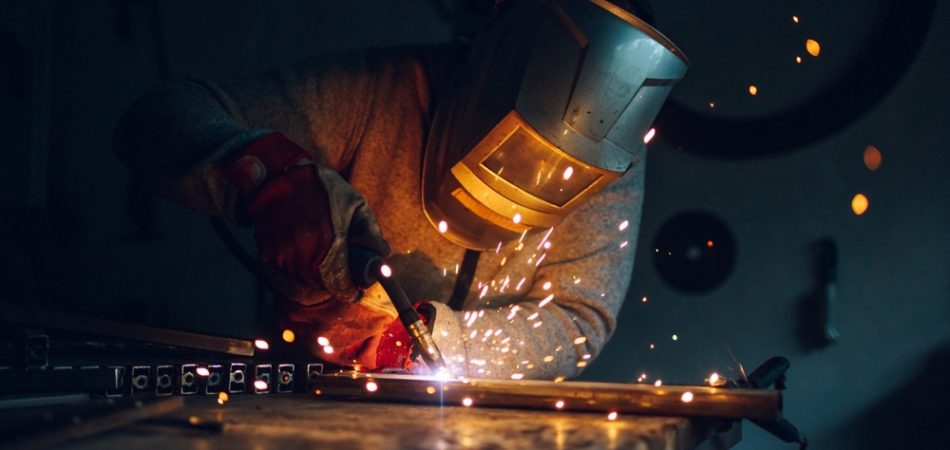
Welding is a crucial industrial process that joins metals together to create structures ranging from small consumer goods to large infrastructure projects. While it’s an essential skill, welding also comes with inherent risks due to the intense heat and bright light generated during the process. One of the most critical aspects of welding safety is the use of appropriate protective gear. This gear not only safeguards the welder from immediate hazards but also protects against long-term health issues that can arise from repeated exposure to welding fumes and radiation.
Understanding the Hazards of Welding
Heat and Burns
Welding involves melting metals at extremely high temperatures, often exceeding 5000 degrees Fahrenheit. The arc produced during welding emits intense heat, which can cause severe burns to exposed skin within seconds. Additionally, sparks and molten metal droplets can fly unpredictably, posing a burn risk to any uncovered areas.
Arc Eye and Radiation Exposure
One of the most immediate dangers welders face is arc eye, also known as welder’s flash or photokeratitis. This painful condition occurs when the eyes are exposed to ultraviolet (UV) radiation emitted by the welding arc. Symptoms include intense pain, sensitivity to light, and in severe cases, temporary vision loss. Prolonged exposure to UV radiation without protection can lead to long-term eye damage, including cataracts and other vision impairments.
Respiratory Hazards
Welding also produces hazardous fumes and gases, depending on the metals being welded and the coatings or contaminants present on their surfaces. These fumes can contain toxic substances such as manganese, chromium, and nickel, which pose serious health risks when inhaled. Chronic exposure to welding fumes has been linked to respiratory illnesses, including asthma, bronchitis, and lung cancer.
Essential Protective Gear for Welders
Welding Helmet
A welding helmet is perhaps the most recognizable piece of protective gear for welders. It shields the face, eyes, and neck from sparks, heat, and UV radiation. Modern welding helmets often feature auto-darkening filters (ADF) that adjust the lens shade automatically to protect the welder’s eyes from the bright arc light. This technology improves visibility and reduces the risk of arc eye significantly.
Welding Gloves
Welding gloves are essential for protecting the hands and wrists from burns and cuts caused by sharp metal edges or welding tools. These gloves are typically made from durable materials like leather or heat-resistant fabrics and provide a barrier against both heat and mechanical hazards.
Welding Jacket and Clothing
Welding jackets are made from flame-resistant materials such as leather or treated cotton to protect the torso and arms from sparks, spatter, and heat. It’s crucial for welders to wear long-sleeved shirts and pants made from similar materials to cover as much skin as possible and reduce the risk of burns.
Respiratory Protection
Respiratory protection is essential to prevent the inhalation of welding fumes and gases. Depending on the specific hazards present, welders may use disposable respirators, half-face respirators with replaceable filters, or powered air-purifying respirators (PAPRs). Proper ventilation in the welding area is also critical to reduce the concentration of airborne contaminants.
Footwear and Head Protection
Welding boots with steel toes protect the feet from falling objects and sharp metal debris, while a hard hat or welding cap provides additional protection against impacts and overhead hazards.
Importance of Regular Maintenance and Inspection
Equipment Maintenance
Ensuring that all welding protective gear is in good condition is crucial for its effectiveness. Helmets should be inspected regularly for cracks or damage to the lens, and gloves and clothing should be replaced if they become worn or torn. Proper maintenance extends the lifespan of protective equipment and reduces the risk of injury due to equipment failure.
Fit and Comfort
Protective gear should fit properly and comfortably to provide maximum protection without restricting movement. Ill-fitting gear can increase the risk of accidents and discomfort, leading to reduced productivity and potential long-term health issues.
Conclusion
The importance of protective gear when welding cannot be overstated. From preventing immediate hazards such as burns and arc eye to mitigating long-term health risks associated with exposure to welding fumes, proper protective gear is essential for the safety and well-being of welders. Employers and welding professionals alike must prioritize the use of appropriate gear and ensure that it is well-maintained and regularly inspected. By investing in quality protective equipment and adhering to safety protocols, we can minimize the risks associated with welding and create a safer working environment for all involved.
Need a Machine Shop in Atmore, AL?
Escofab Inc. has been dedicated to providing quality machining and fabrication since 1981! Here at Escofab Inc. we utilize fabricating and machining to your specifications. We work to fit your needs and ensure customer satisfaction. Our friendly and informative staff are eager to assist you! Give us a call or come on in today; walk-ins welcome!
